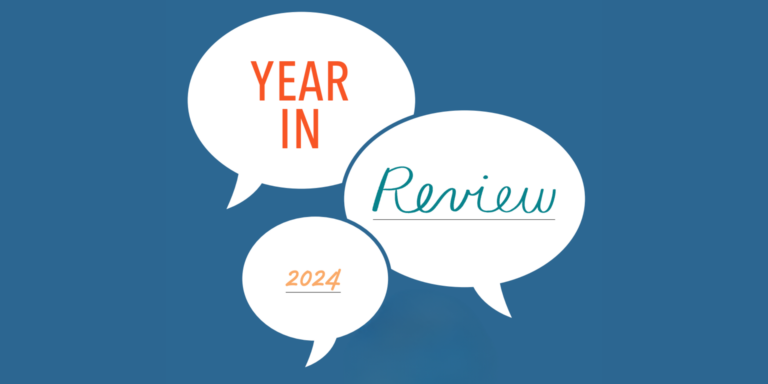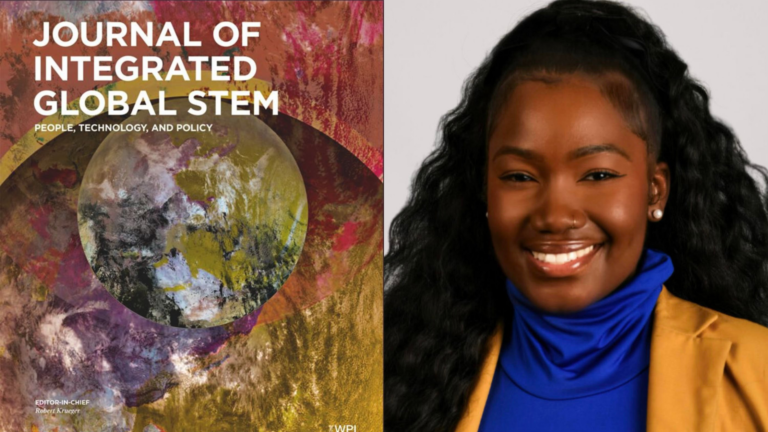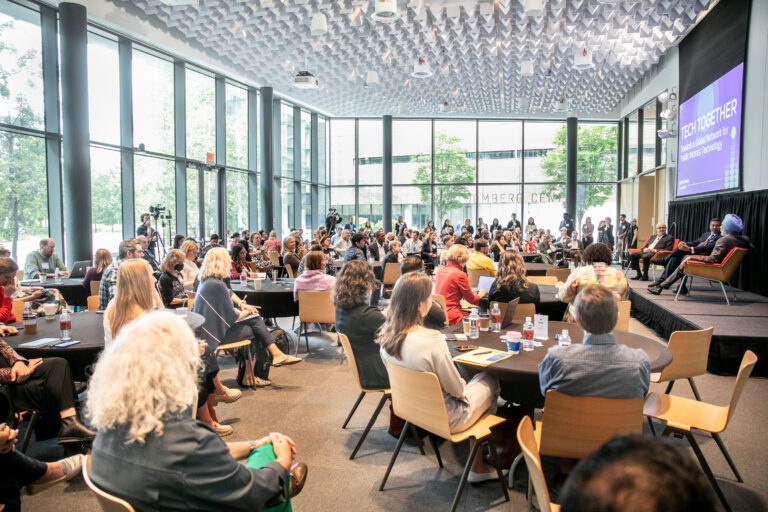by Laura Maher
One morning at the beginning of March, I woke up with slight chills. COVID-19 hadn’t yet begun to spread in New York City, so I chalked it up to a cold and went about my normal routine – I took public transit to work, attended meetings with colleagues, and bought groceries for the week ahead.
By the next morning, I had developed a fever and a cough, and my sense of taste and smell had vanished. I wasn’t able to get a test because the few that were available at the time were dedicated exclusively to frontline healthcare workers. However, there’s almost no doubt in my mind that I had COVID-19, and I was horrified to think that I might have spread the virus to others.
In an effort to keep those around me up-to-date, I called my parents, friends, and colleagues to let them know they might have been exposed. I also informed the HR and facilities teams at my office, who sent me a survey about all of the spaces I’d entered, and the people I might have encountered in the two weeks prior to my illness. Despite my best efforts, there were ultimately a lot of gaps and unknown contacts (like people I’d been with on the subway, or other shoppers at the grocery store), as well as details about my own health, that went unaccounted for and left me without a full picture of my situation.





